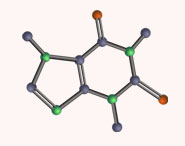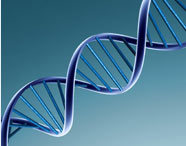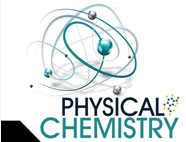


 علم الكيمياء
علم الكيمياء 
 الكيمياء التحليلية
الكيمياء التحليلية 
 الكيمياء الحياتية
الكيمياء الحياتية 
 الكيمياء العضوية
الكيمياء العضوية 
 الكيمياء الفيزيائية
الكيمياء الفيزيائية
 الكيمياء اللاعضوية
الكيمياء اللاعضوية 
 مواضيع اخرى في الكيمياء
مواضيع اخرى في الكيمياء
 الكيمياء الصناعية
الكيمياء الصناعية |
أقرأ أيضاً
التاريخ: 30-12-2021
التاريخ: 30-10-2020
التاريخ: 2024-07-12
التاريخ: 1-11-2016
|
In water, we can measure the pKa of an acid only if the acid does not completely protonate water to give H3O+ or completely deprotonate it to give HO−. We are restricted roughly to pH –1.7 to 15.7, beyond which water is more than 50% protonated or deprotonated. The strength of acids or bases we can use in any solvent is limited by the acidity and basicity of the solvent itself. Think of it this way: say you want to remove the proton from a compound with a high pKa, say 25–30. It would be impossible to do this in water since the strongest base we can use is hydrox ide. If you add a base stronger than hydroxide, it won’t deprotonate your compound, it will just deprotonate water and make hydroxide anyway. Likewise, acids stronger than H3O+ can’t exist i n water: they just protonate water completely to make H3O+. If you do need a stronger base than OH− (or a stronger acid than H3O+, but this is rarer) you must use a different solvent. Let’s take acetylene as an example. Acetylene (ethyne) has pKa 25. This is remarkably low for a hydrocarbon (see below for why) but, even so, hydroxide (the strongest base we could have in aqueous solution, pKa 15.7) would establish an equilibrium where only 1 in 109.3 (1015.7/1025), or about 1 in 2 billion, ethyne molecules are deprotonated. We can’t use a stronger base than hydroxide, since, no matter what strong base we dissolve in water, we will only at best get hydroxide ions. So, in order to deprotonate ethyne to any appreciable extent, we must use a different solvent—one that does not have a pKa less than 25.
Conditions often used to do this reaction are sodium amide (NaNH2) in liquid ammonia. Using the pKa values of NH3 (ca. 33) and ethyne (25) we would estimate an equilibrium constant for this reaction of 108 (10−25/10−33)—well over to the right. Amide ions can be used to deprotonate alkynes.
Since we have an upper and a lower limit on the strength of an acid or base that we can use in water, this poses a bit of a problem: how do we know that the pKa for HCl is more negative than that of H2SO4 if both completely protonate water? How do we know that the pKa of meth ane is greater than that of ethyne since both the conjugate bases fully deprotonate water? The answer is that we can’t simply measure the equilibrium for the reaction in water—we can do this only for pKa values that fall between the pKa values of water itself. Outside this range, pKa values are determined in other solvents and the results are extrapolated to give a value for what the pKa in water might be.



|
|
|
|
لشعر لامع وكثيف وصحي.. وصفة تكشف "سرا آسيويا" قديما
|
|
|
|
|
|
|
كيفية الحفاظ على فرامل السيارة لضمان الأمان المثالي
|
|
|
|
|
|
|
قسم التربية والتعليم يطلق الامتحانات النهائية لمتعلِّمات مجموعة العميد التربوية للبنات
|
|
|